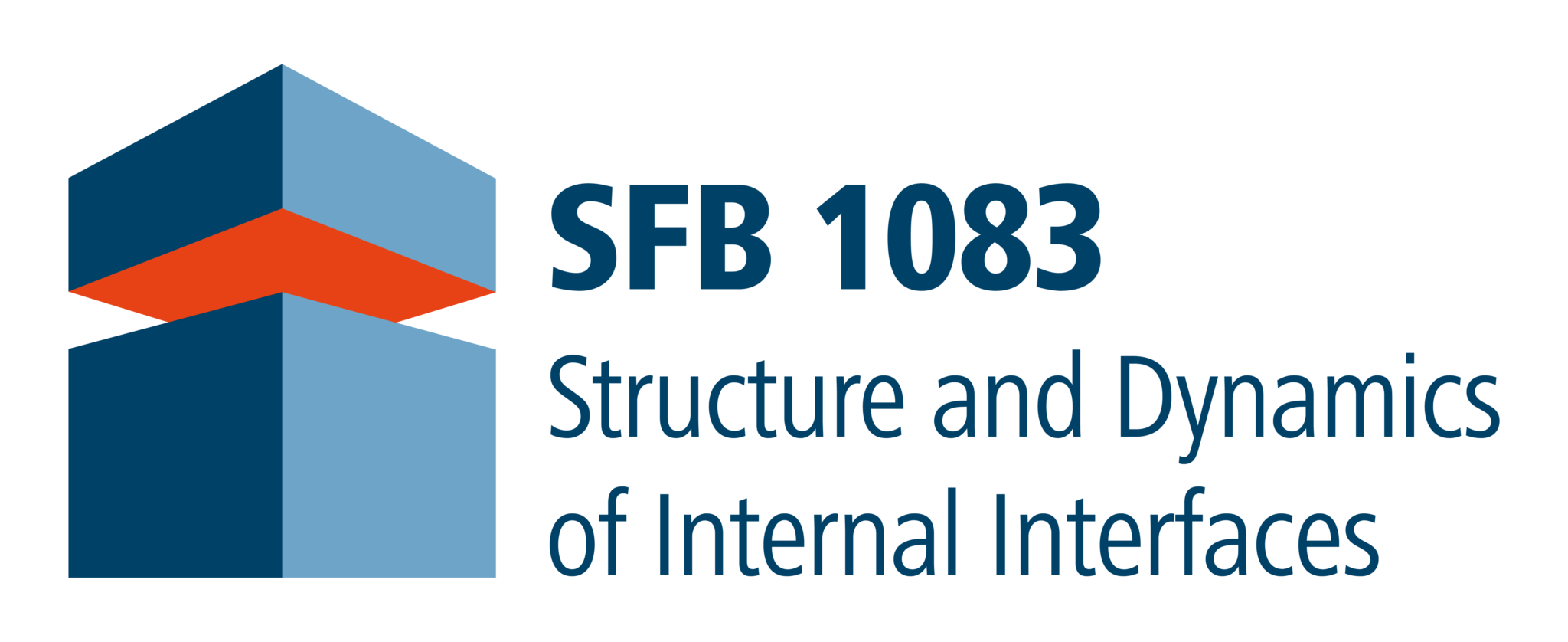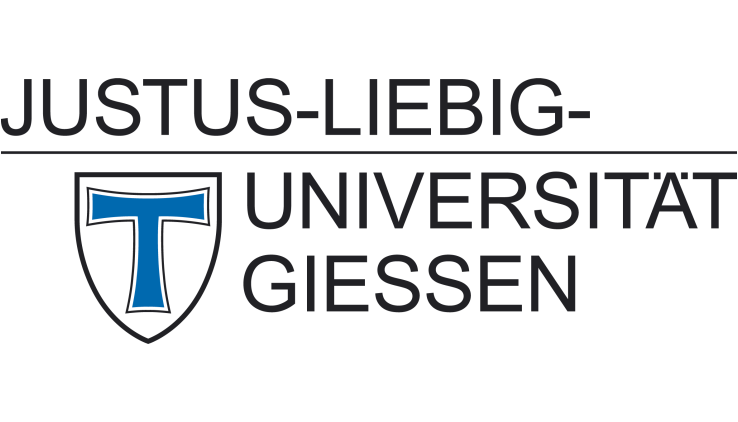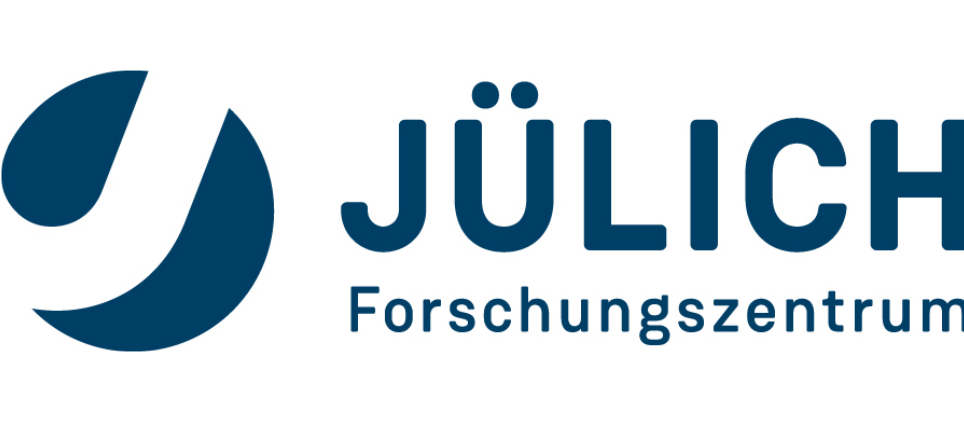Metal chalcogenide clusters on doped TMDC-layers – Publication by A9 (Dehnen) & A6 (Tonner)
In their study published in the Journal of the American Chemical Society, Eike Dornsiepen, Fabian Pieck, Ralf Tonner, and Stefanie Dehnen report on the synthesis of molecular model systems for the up to now unknown adsorption of organotin chalcogenide cluster molecules on TMDC surfaces. Computational studies reveal similar covalent bonding interactions for the model system as well as for the adsorption on a TMDC surface.

Reprinted with permission from Journal of the American Chemical, 2019, 141,41, 16494-16500.
Transition metal dichalcogenides (TMDCs) like MoS2 or WS2 have gained large interest for their potential in electronic applications. Combinations with other 2D materials in heterostructures have already been demonstrated as useful in various devices, such as tunneling transistors or solar cells. Hybrid systems combining 2D materials with layers of adsorbed molecules have proven to be interesting for optoelectronic applications, as they allow for tailoring of electronic properties and high photoabsorption of molecular materials. In most of these studies, the adsorbed molecules were organic molecules like pentacene or coordination compounds like phthalocyanines, which interacted with the surface by means of dispersion interactions. The interaction of larger organometallic systems with TMDCs, however, has not yet been studied. This is in part due to the fact that the chemisorption of molecules on TMDC surfaces is relatively weak, hence adsorbents tend to move randomly around.
With the aim to mimic the yet unknown covalent deposition of metal chalcogenide clusters on transition metal dichalcogenide MoS2 or WS2 layers, and thereby explore the interaction between the two systems and potential consequences for the physical properties of the TMDC material, the authors synthesized heterobimetallic model systems. The heterocubane-type cluster [(SnCl3) WCp)3S4], the organotin-sulfidomolybdate cluster [{(PhSn)3SnS6}{(MoCp)3S4}], and the corresponding tungstate [(PhSn)3SnS6{(WCp)3S4}] were obtained in ligand exchange reactions from [(PhSn)4S6] and [M(CO)3CpCl] (with M = Mo, W). Indeed, the {M3S4} cages in the three compounds resemble a section of the respective TMDC monolayers, altogether representing minimal molecular model systems for the adsorption of organotin sulfide clusters on MoS2 or WS2. The interaction between the {(MCp)3S4} and {(PhSn)3SnS6} subunits is characterized by multicenter bonding, rendering the respective Sn atom as Sn(II), hence driving the clusters into a mixed-valence Sn(IV)/Sn(II) situation, and the M atoms as M(IV) upon an in situ redox process. The attachment is thus weaker than via regular covalent M-S bonds, but definitely stronger than via van der Waals interactions that have been characteristic for all known interactions of clusters on TMDC surfaces so far. Calculations of a periodic model system that simulates the attachment of the {(PhSn3S6} fragment to MS2 surfaces reveal striking similarities in structure and bonding situation, given the MS2 surfaces are doped with titanium or other electron-poor metal atoms. This renders the new compounds as relevant molecular models for covalent attachment of larger organometallic systems on TMDCs.
Publication
E. Dornsiepen, F. Pieck, R. Tonner, S. Dehnen, [{(PhSn)3SnS6}{(MCp)3S4}] (M = W, Mo): minimal molecular models of the covalent attachment of metal chalcogenide clusters on doped transition metal dichalcogenide layers, J. Am. Chem Soc. (2019) DOI: 10.1021/jacs.9b09209
Contact
Prof. Dr. Stefanie Dehnen
Philipps-Universität Marburg
SFB 1083 project A9
Tel.: 06421 28 25751
EMAIL







